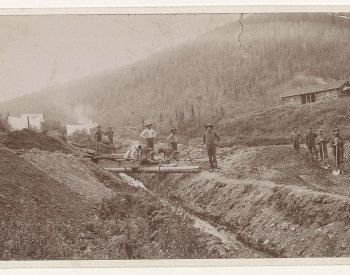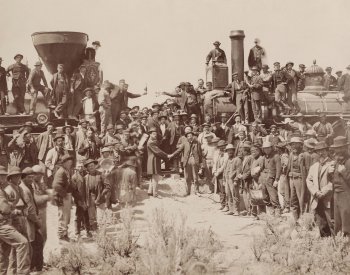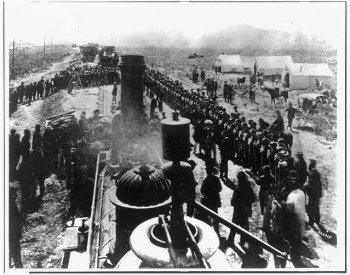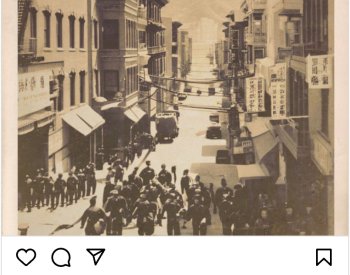Too often, archival photos are not analyzed as historical sources. Instead, they are treated as windows into the past. This lesson introduces students to reasoning about photographs as historical evidence through 4 activities. Students are first given an opportunity to practice thinking historically with a familiar classroom scene, then examine different historical photographs of Chinese railroad workers in the 19th century.
Note: The first activity in this lesson is also included in our Evaluating Photographs intro lesson.
We developed this lesson with the support of the Educating for American Democracy (EAD) participants and in collaboration with Los Angeles Unified School District. We designed this lesson with K-2 classrooms in mind, but it is readily adaptable for use with older students. It focuses on the EAD theme of “Our Changing Landscapes” for grades 3-5 and addresses the EAD history driving question, “How do communities shape the land? How does the land shape communities?”(HDQ2.1B). It also addresses the EAD history guiding questions, “How have communities changed over time? Why have they changed? What is the evidence for change?” (HSGQ2.1C). To access the other Reading Like a Historian K-5 lessons made in this collaboration, click here.
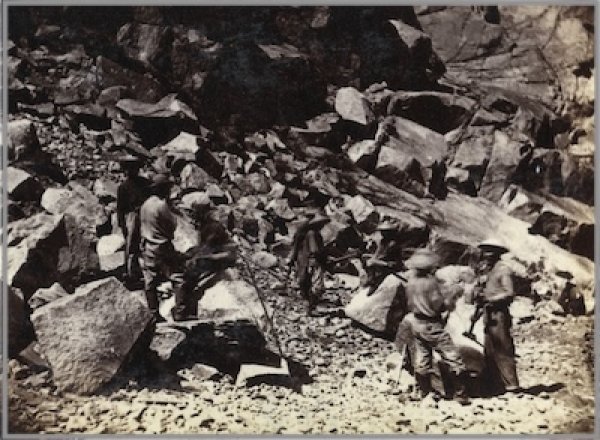
Laborers And Rocks Near Opening Of Summit Tunnel by Alfred A. Hart, c. 1867, from Stanford University Libraries
